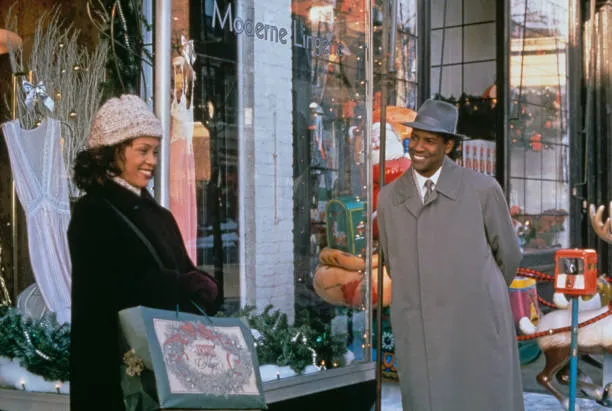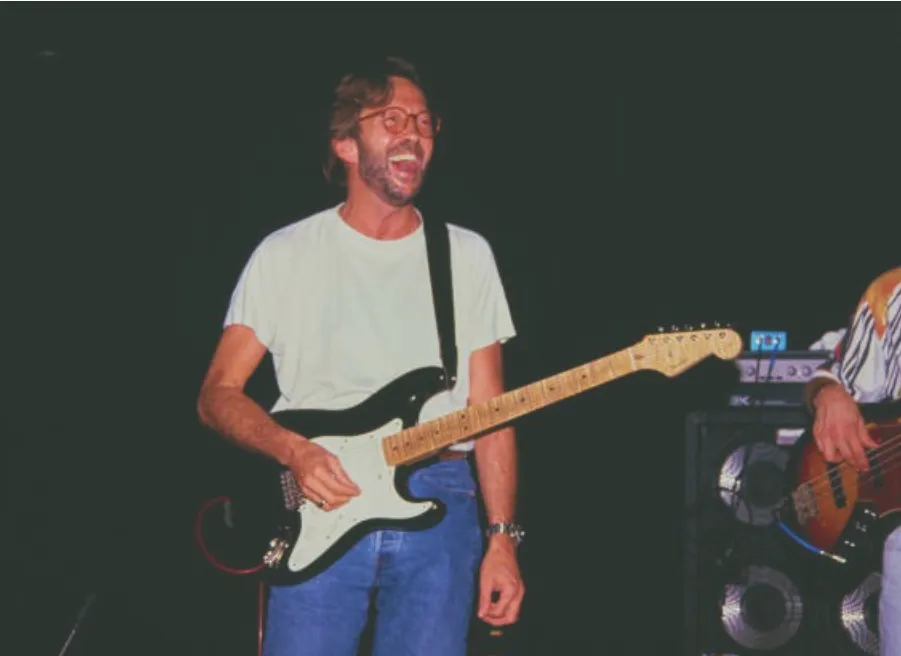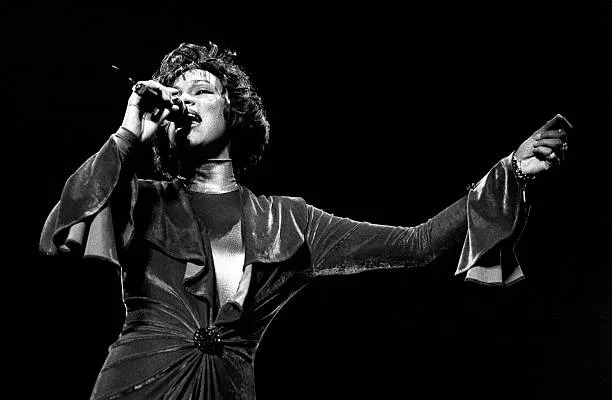On 13 January 1973, Eric Clapton made a triumphant return to the stage with a legendary performance at the Rainbow Theatre in Finsbury Park, London. Dubbed Eric Clapton's Rainbow Concert, the event marked a pivotal moment in the iconic guitarist’s career. After struggling with addiction and retreating from the public eye, this concert served as both a personal and professional comeback for Clapton, supported by some of the biggest names in rock music.
The Road to the Rainbow Concert

By the early 1970s, Clapton’s career was at an all-time high. His work with The Yardbirds, John Mayall & the Bluesbreakers, Cream, and Derek and the Dominos had solidified his place as one of the greatest guitarists of his generation. However, his success was marred by personal struggles, particularly his growing heroin addiction, which caused him to withdraw from the music scene in the early 1970s.
After several years of isolation and substance abuse, Clapton’s friends became concerned for his health and career. Pete Townshend, guitarist of The Who and a longtime friend of Clapton, took the initiative to help him stage a comeback. Townshend organized the Rainbow Concert as a way to get Clapton back on stage and re-engage with his passion for music.
The Star-Studded Line-Up

The concert at the Rainbow Theatre was not just a showcase for Clapton’s return but a gathering of rock legends. Alongside Clapton, the stage was filled with an all-star lineup of musicians, including:
- Pete Townshend (The Who)
- Ronnie Wood (The Faces, later The Rolling Stones)
- Steve Winwood (Traffic, Blind Faith)
- Rick Grech (Blind Faith)
- Jim Capaldi (Traffic)
- Jimmy Karstein (session drummer)
This collective of musicians brought their immense talent and energy to the performance, ensuring that Clapton’s return was nothing short of spectacular.
The Performance

The Rainbow Concert was a two-show event, featuring an early and late performance, with Clapton playing a selection of songs from his illustrious career. The setlist included tracks from his time with Cream and Blind Faith, as well as solo material, giving the audience a comprehensive look at Clapton’s musical evolution.
Notable songs performed that night included:
- "Badge" – a hit from his time with Cream
- "Presence of the Lord" – a Blind Faith classic
- "Pearly Queen" – a Traffic song
- "Blues Power" – from Clapton’s solo work
The concert was not only a showcase of Clapton’s guitar prowess but also a testament to his ability to perform live after years of being away from the stage. Clapton was understandably nervous, but as the concert progressed, he regained his confidence and connection with the audience.
The Aftermath and Legacy

Eric Clapton’s Rainbow Concert was a success, both as a live performance and as a moment of personal redemption. The event played a key role in Clapton’s recovery and marked the beginning of his journey back to health and creative productivity. After the Rainbow Concert, Clapton underwent treatment for his addiction and began focusing on his music career again.
The live recording of the concert was released later in 1973 as Eric Clapton’s Rainbow Concert, capturing the energy and emotion of Clapton’s return to the stage. While the album did not include all the songs performed that night, it became a testament to Clapton’s resilience and the support he received from his peers. The album has since been reissued with additional tracks, offering a more complete version of the concert.
The Rainbow Concert was a key moment in Clapton’s personal and musical life. It signaled the beginning of his recovery and allowed him to re-establish himself as a dominant force in the music world. It also set the stage for his next era of success, including the release of albums like 461 Ocean Boulevard and Slowhand, both of which featured some of his most iconic work.
Conclusion

Eric Clapton’s Rainbow Concert was more than just a comeback performance; it was a turning point in the life of one of rock music’s most influential artists. Organized by Pete Townshend and featuring a star-studded lineup of musicians, the concert marked Clapton’s return to the stage after years of struggling with addiction. The success of the show not only helped revive his career but also played a crucial role in his personal recovery. Clapton’s performance at the Rainbow Theatre remains a landmark moment in his storied career, a testament to his resilience and enduring influence in the world of music.



